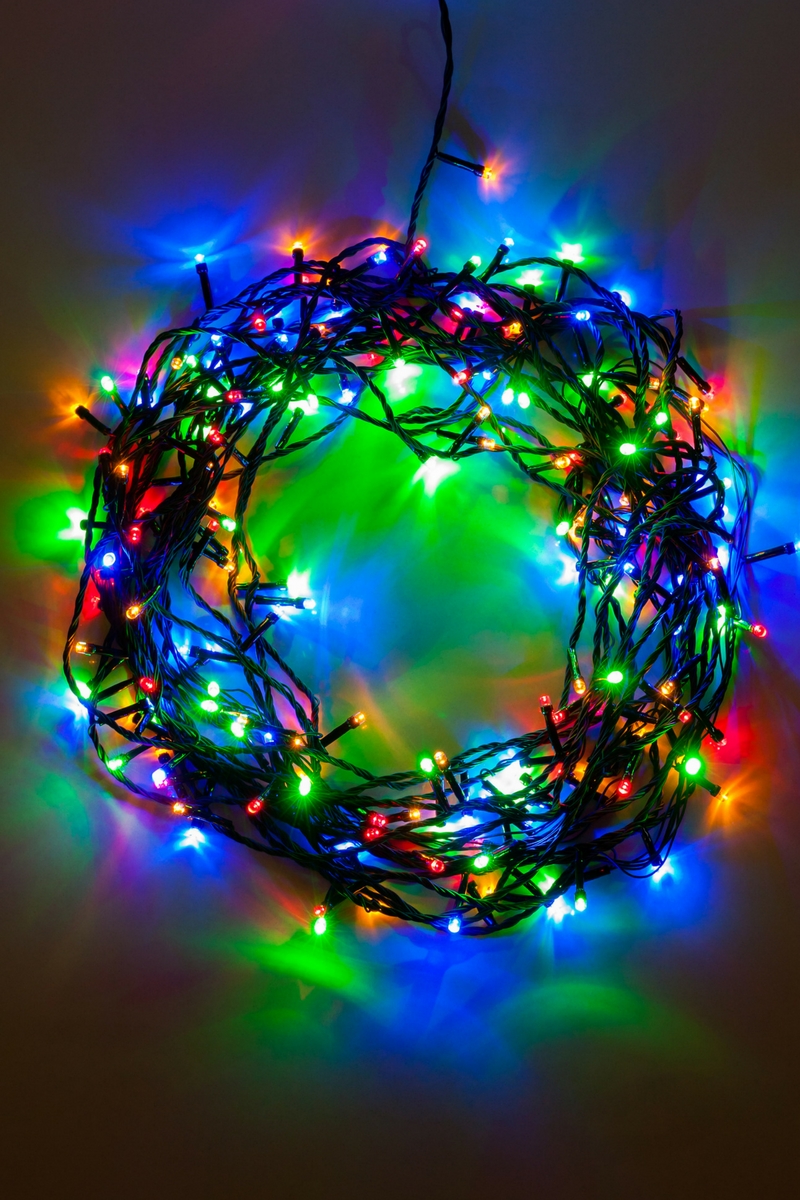How to Hang Christmas Lights Safely

The holiday season is a wonderful, exciting time for most of us. We often spend time with friends and family and share the spirit of giving. Some of us enjoy decorating in particular, hoping to add some holiday cheer to the neighborhood with lights and other décor. However, adding lights to your home can be a bit intimidating and potentially dangerous, especially if you’re climbing high. With these safety tips, you’ll be able to show off that seasonal spirit while minimizing danger.
Being Prepared
Perhaps the most important part of safely hanging lights is to be fully prepared. It would be very unfortunate to climb your ladder only to discover that your stapler is empty or the plug on your lights is broken! Before you begin, check all your equipment to make sure it’s functioning. Plug in each set of lights to search for missing bulbs or other issues.
Your ladder needs to be tall enough to rest safely against the house, unless it is freestanding. Either way, you should be able to work at face level without stretching up – if your waistline is past the top step, you’ve gone too high. This strategy reduces the chance of you losing your balance. You should never modify a ladder, since this can make it unstable and dangerous. It’s also helpful to use clips and buckets to hold your lights and supplies while you’re hanging them to keep your hands free.
The final step of preparation is to decide where the lights will go before you begin installation. Plan out what lengths, colors, and designs you’ll be using. When you draft the idea ahead of time, you’ll know if you have enough lights to cover it.
Safety During Installation
There are two main things to be mindful of while you’re adding your lights: ladder usage and electrical currents. Whenever you’re using a ladder, have a spotter with you. He or she should hold the base and keep an eye out to make sure it’s level. Always check the terrain before you place your ladder and opt for surfaces like concrete over grass or gravel, when possible.
Electrical hazards are a prevalent concern, too. Never use damaged lights; they can short out and cause flipped breakers or fires. You should also never connect more than three strings of lights in a row in case something goes wrong with one set.
Be mindful of how you’re fastening the lights. If you’re using staples, ensure that the insulation of the wire is never pierced, and of course, never install lights that are already plugged in. With a bit of common sense and planning, you’ll be able to light up the neighborhood safely.